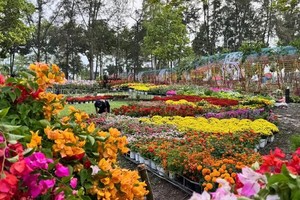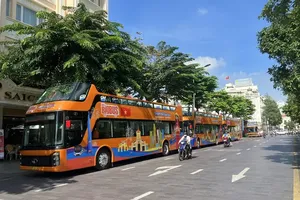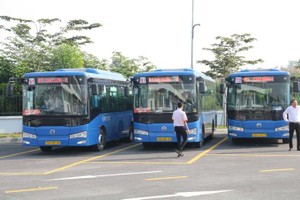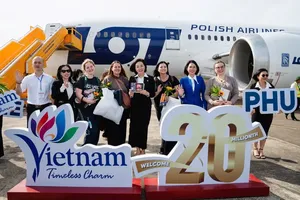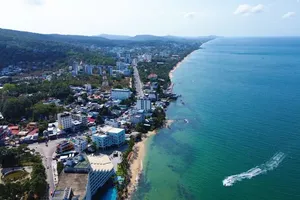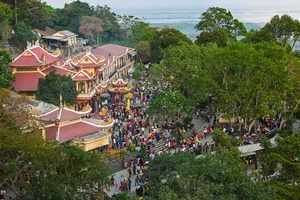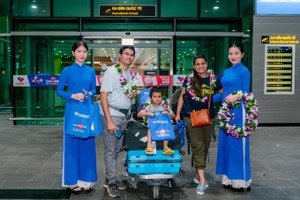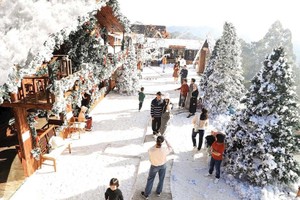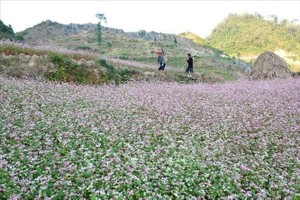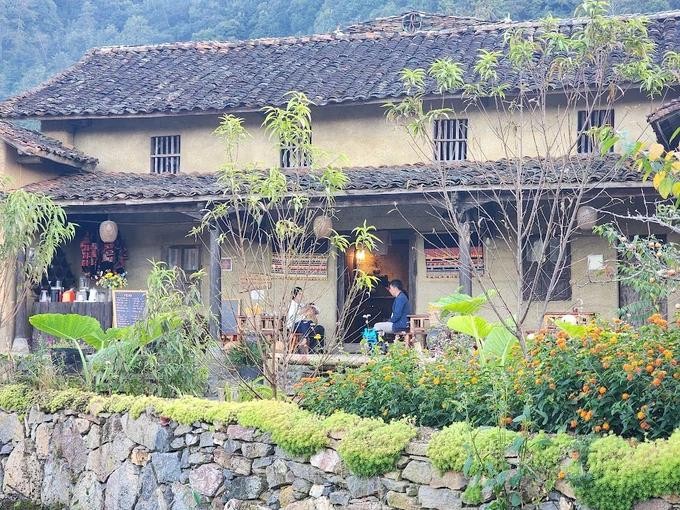
This initiative seeks to establish a sustainable framework that harmonizes economic growth with cultural preservation, particularly in remote, mountainous, and island regions. By empowering local communities, this project aims to enhance their livelihoods and safeguard their valuable cultural heritage.
In recent years, particularly in Vietnam where there is a variety of landscapes and traditional ethnic culture, community tourism has emerged as one of the most popular tourism development models. However, for community tourism to become a sustainable development industry, it requires not only natural potential but also a comprehensive development strategy, from cultural preservation, environmental protection, to improving the quality of life for local communities.
Vietnam’s project on community tourism development intends to earmark the resources towards long-term and sustainable tourism development that would be consistent with the national tourism development policies and the needs of national defense, security and public order. In particular, the project emphasizes the preservation and promotion of traditional cultural values of ethnic minorities, associated with the development of community tourism.
One key objective of this initiative is to uplift the lives of local communities by leveraging their unique natural, cultural, and historical assets. This strategy will not only create job opportunities but also stimulate economic growth in underserved areas.
The Project's key focus is to create community tourism offerings that reflect the unique cultural traits and traditional livelihoods of each area. In order to promote sustainable tourism development, these offerings are designed not only to attract visitors but also to generate employment opportunities and enhance the income of the local community.
At the same time, the Project also proposes a plan to build professional community tourism craft villages that meet international standards and develop tourism models associated with preserving national cultural identity, especially in ethnic minority and mountainous areas.
Simultaneously, ecotourism and community-based tourism initiatives will be developed to engage tourists with local communities and natural resources. These may include activities like trekking, water sports, and visits to cultural heritage sites. This approach not only offers tourists unique experiences but also helps protect and enhance the value of natural resources and the environment.
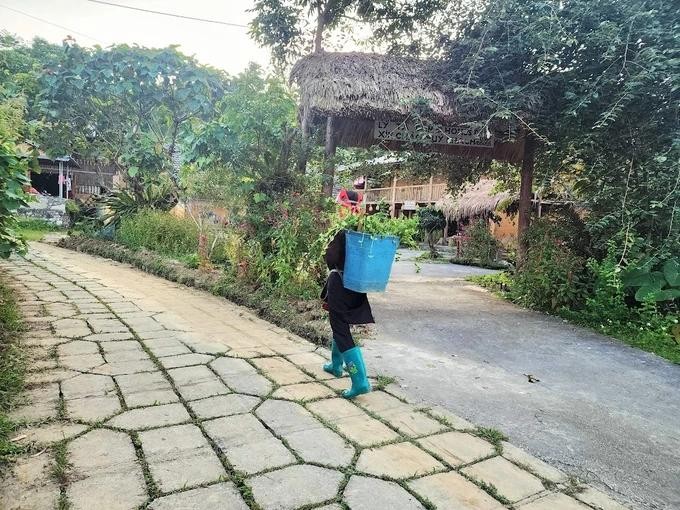
Located about 45km north of Ha Giang City, Nam Dam Community Tourism Cultural Village in Quan Ba Commune of Ha Giang Province’s Quan Ba District is one of the successful models in developing community tourism.
The village is home to over 60 households, primarily of the Dao ethnic group, with nearly 300 residents. Among these, 26 households are engaged in community-based tourism, earning an average income of over VND45 million per household annually.
With its stunning natural landscapes and well-preserved traditional values, Nam Dam offers visitors an authentic experience, featuring classic rammed-earth houses and locals dressed in traditional Dao attire, creating a warm and welcoming atmosphere. Preserving cultural heritage while fostering tourism has become a sustainable path forward for the village.
To foster the growth of community tourism models, it is essential to invest in infrastructure and establish a comprehensive tourism management system. This initiative necessitates the enhancement of infrastructure, including transportation, electricity, clean water, and public utilities, alongside the integration of information technology in the management and promotion of tourism. A crucial element of this strategy involves the creation of a database system for community tourism destinations, which will facilitate the connection between various destinations and enable the effective management of tourism activities.
Environmental protection and sustainable tourism development are paramount to this project. Community tourism sites will be held to rigorous environmental standards and will actively promote sustainable practices among both locals and visitors. By fostering a deep respect for natural resources, this initiative aims to ensure the long-term viability of these communities and their unique ecosystems. Furthermore, by promoting eco-tourism and environmentally friendly products, the project will contribute to the preservation of natural resources and increase public awareness of environmental conservation.
The project also aims to promote community tourism products to both international and domestic markets, with a particular focus on ASEAN, Northeast Asia, Western Europe, and Australia. This initiative will help boost visitor numbers and enhance the value of local tourism offerings.
A crucial aspect of the community tourism development strategy is training individuals in tourism areas. The plan aims to have at least 30 percent of tourism establishments receive training in tourism management and customer service. Skill training will not only enhance service quality but also provide essential knowledge for environmental protection, cultural preservation, and improving the capacity to manage tourism activities.
The initiative establishes a clear objective to ensure that by 2025, the values and traditional cultural identities of ethnic groups in designated community tourism areas in Vietnam will be effectively preserved and promoted. It aims for 20 percent of these areas to feature community houses and for another 20 percent to host traditional cultural and artistic teams that operate regularly and maintain high standards. Furthermore, by 2030, community tourism products will be developed in major tourist centers with large numbers of tourists.
